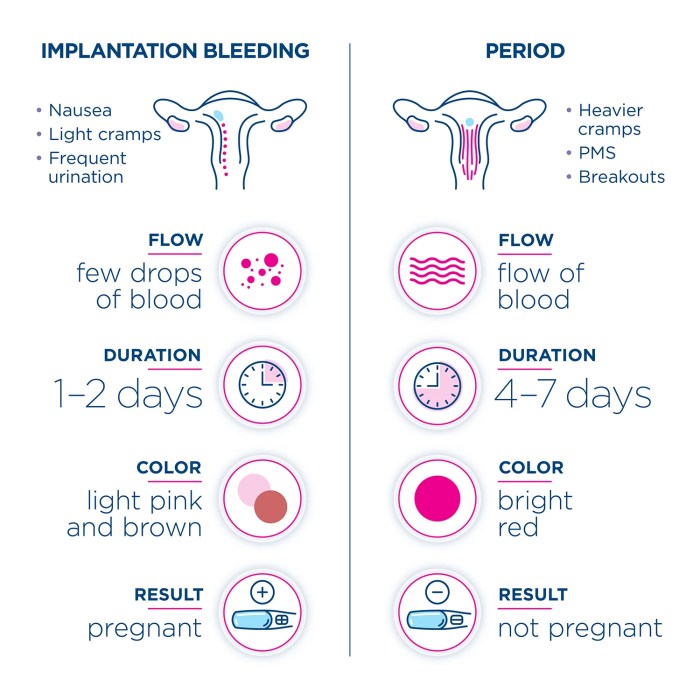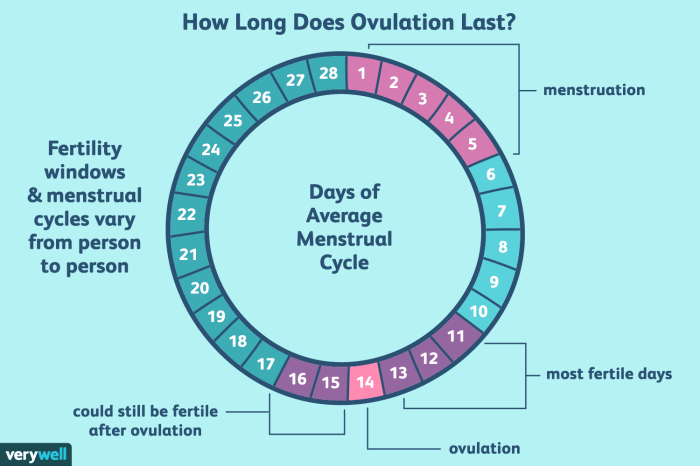During the period 2.5-1.0 mya, Earth underwent a series of profound geological, climatic, and environmental changes that shaped our planet’s history. From the formation of mountain ranges to the emergence of new hominid species, this era witnessed a remarkable transformation that left an indelible mark on the course of human evolution.
Throughout this journey, we will delve into the major geological events that reshaped the Earth’s surface, explore the climatic shifts that influenced flora and fauna, and uncover the paleontological discoveries that have shed light on our human ancestry. We will also examine the technological advancements and cultural developments that emerged during this pivotal period, providing a comprehensive understanding of the forces that have shaped our planet and its inhabitants.
Geological Events

The period between 2.5-1.0 mya witnessed significant geological events that shaped the Earth’s surface. These events included the formation and evolution of mountain ranges, glaciers, and river systems.
Formation and Evolution of Mountain Ranges
During this period, several major mountain ranges were formed due to tectonic plate collisions and uplift. The Himalayas, the highest mountain range in the world, was formed as a result of the collision between the Indian and Eurasian plates. The Alps, located in Europe, were formed as a result of the collision between the African and Eurasian plates.
The Andes, located in South America, were formed as a result of the subduction of the Nazca Plate beneath the South American Plate.
Glaciation
The period between 2.5-1.0 mya also saw the onset of major glaciation events. The Earth entered a period of intense cold, known as the Quaternary Ice Age. During this period, glaciers covered large parts of the Northern Hemisphere, including North America, Europe, and Asia.
The glaciers carved out valleys and deposited large amounts of sediment.
Formation of River Systems
The melting of glaciers during the Quaternary Ice Age led to the formation of new river systems. These rivers played a crucial role in shaping the Earth’s surface, eroding mountains and depositing sediment in valleys and floodplains. The Mississippi River in North America, the Amazon River in South America, and the Nile River in Africa are examples of major rivers that were formed during this period.
Timeline of Major Geological Events
* 2.5 mya: Formation of the Himalayas
2.0 mya
During the period 2.5-1.0 mya, Earth’s climate underwent significant changes. To learn more about these changes, check out the aice marine science paper 2 . This paper provides a comprehensive overview of the marine environment during this period, including its physical, chemical, and biological characteristics.
By studying the changes that occurred during this time, we can gain insights into the potential impacts of future climate change on our planet. Returning to the period 2.5-1.0 mya, the changes in sea level and temperature had a profound impact on the distribution of marine life.
Formation of the Alps
1.8 mya
Onset of the Quaternary Ice Age
1.5 mya
Formation of the Andes
1.0 mya
Melting of glaciers and formation of new river systems
Climate Change

During the period 2.5-1.0 mya, the Earth’s climate underwent significant changes. The overall trend was one of cooling, with several major glacial periods occurring during this time. These glacial periods were interspersed with warmer interglacial periods, during which the ice sheets retreated and the climate was more temperate.
One of the most significant climatic shifts that occurred during this period was the onset of the Northern Hemisphere glaciations. These glaciations began around 2.5 mya and reached their peak around 1.0 mya. During this time, massive ice sheets covered much of North America, Europe, and Asia.
The presence of these ice sheets had a profound impact on the global climate, leading to cooler temperatures and drier conditions.
The glacial periods were not continuous, however. There were several interglacial periods during which the ice sheets retreated and the climate was more temperate. These interglacial periods were characterized by warmer temperatures, higher sea levels, and the expansion of forests.
One of the most well-known interglacial periods is the Eemian, which occurred around 125,000 years ago. During this time, the climate was warmer than it is today, and the ice sheets retreated to their smallest extent in the past 500,000 years.
The climate change that occurred during the period 2.5-1.0 mya had a significant impact on flora and fauna. The cooling climate led to the extinction of many species that were adapted to warmer conditions. At the same time, new species evolved that were adapted to the colder climate.
The changes in climate also led to the migration of species to new areas, as they sought out more favorable conditions.
Paleontological Discoveries

The period from 2.5 to 1.0 million years ago (mya) witnessed significant paleontological discoveries that shed light on human evolution. During this time, numerous hominid species emerged, each with distinct physical characteristics and behaviors. These discoveries have revolutionized our understanding of our ancestors and the complex path of human evolution.
Key Hominid Species
One of the most important discoveries was the identification of Homo habilis, an early hominid species that lived around 2.4-1.4 mya. Homo habilis possessed a combination of ape-like and human-like features, including a larger brain than its predecessors and the ability to use simple stone tools.Another
crucial discovery was Homo erectus, which appeared around 1.9 mya and persisted for over a million years. Homo erectus was characterized by a larger brain, more advanced tool-making skills, and the ability to control fire. It is believed to be the first hominid to migrate out of Africa and spread to other parts of the world.The
discovery of Homo floresiensis, also known as the “Hobbit,” in 2003 made headlines due to its small size and unique features. Homo floresiensis lived on the island of Flores, Indonesia, until as recently as 50,000 years ago. Its small stature and distinct anatomy have sparked ongoing debates about its evolutionary relationships.
Summary of Major Hominid Species, During the period 2.5-1.0 mya
The following table summarizes the major hominid species discovered during the period 2.5-1.0 mya, along with their estimated age, location, and key features:| Species | Estimated Age (mya) | Location | Key Features ||—|—|—|—|| Homo habilis | 2.4-1.4 | Africa | Larger brain, simple stone tool use || Homo erectus | 1.9-0.1
| Africa, Asia, Europe | Larger brain, advanced tool-making skills, fire control || Homo floresiensis | 0.1-0.05 | Indonesia | Small size, distinct anatomy |These discoveries have significantly contributed to our understanding of human evolution and the diversity of hominid species that existed during this crucial period.
They provide valuable insights into the origins of our species and the adaptations that enabled our ancestors to survive and thrive in a changing world.
Environmental Changes

During the period 2.5-1.0 mya, the Earth experienced significant environmental changes that profoundly influenced the evolution of life, including humans. These changes included dramatic shifts in vegetation, animal life, and ecosystems, shaping the landscape of our planet and setting the stage for the emergence of modern humans.
Changes in Vegetation
The vegetation of the Earth underwent a major transformation during this period. The lush forests that had dominated the planet for millions of years began to give way to more open grasslands and savannas. This shift was driven by a combination of factors, including changes in climate, increased volcanic activity, and the spread of grazing animals.
Changes in Animal Life
The changes in vegetation had a profound impact on animal life. Many species that had adapted to life in the forests were forced to adapt to the new open environments. Some animals, such as the saber-toothed tiger, became extinct, while others, such as the horse and the elephant, evolved to thrive in the new grasslands.
Changes in Ecosystems
The changes in vegetation and animal life led to a corresponding shift in ecosystems. The closed-canopy forests that had once covered much of the Earth were replaced by more open ecosystems, such as grasslands, savannas, and deserts. These new ecosystems provided new opportunities for some species but also posed challenges for others.
Impact on Human Evolution and Adaptation
The environmental changes that occurred during the period 2.5-1.0 mya had a significant impact on human evolution and adaptation. The shift to more open environments forced early humans to adapt to a new way of life. They developed new hunting and gathering techniques, and they began to use tools and fire to survive in the harsh conditions of the grasslands and savannas.
Technological Advancements

During the period of 2.5-1.0 mya, hominids experienced significant technological advancements that played a crucial role in their survival and adaptation. These advancements included the development and use of tools, weapons, and other technologies.The development of stone tools, such as hand axes, cleavers, and scrapers, marked a major turning point in hominid evolution.
These tools allowed hominids to process food more efficiently, butcher animals, and defend themselves against predators. The use of fire, which emerged during this period, provided warmth, protection from predators, and the ability to cook food, making it easier to digest and increasing its nutritional value.
Tool Development
Hominids during this period developed various tools for different purposes, including:
Hand axes
Large, symmetrical tools used for chopping and cutting
Cleavers
Heavy-duty tools with a sharp edge, used for butchering and scraping
Scrapers
Tools with a sharp edge, used for scraping hides and preparing materials
Flaked tools
Tools made by removing flakes from a stone core, used for cutting and scraping
Bone tools
Tools made from animal bones, used for piercing, scraping, and digging
Weapon Development
In addition to tools, hominids also developed weapons for hunting and self-defense:
Spears
Long, pointed sticks with a sharpened tip, used for thrusting and throwing
Bows and arrows
Weapons used for hunting from a distance
Clubs
Heavy, blunt objects used for striking and crushing
Impact of Technological Advancements
The technological advancements made by hominids during this period had a profound impact on their survival and adaptation:
Increased hunting efficiency
Tools and weapons allowed hominids to hunt larger and more dangerous animals, providing a more reliable source of food.
Improved food processing
Tools such as scrapers and hand axes made it easier to process food, increasing its nutritional value and reducing the risk of disease.
Enhanced protection
Weapons and fire provided hominids with better protection against predators and other threats.
Increased mobility
The development of tools and weapons allowed hominids to travel longer distances and explore new territories, expanding their range and increasing their chances of survival.Overall, the technological advancements made by hominids during the period 2.5-1.0 mya played a crucial role in their survival and adaptation, paving the way for further technological advancements and the eventual emergence of modern humans.
Cultural Developments

During the period of 2.5-1.0 mya, hominids experienced significant cultural advancements that shaped their social interactions, communication methods, and artistic expressions. These developments played a pivotal role in the evolution of human culture and laid the foundation for future advancements.
Social Structures
Hominids began to form more complex social structures, moving beyond the basic family unit. They lived in larger groups, likely consisting of extended families or clans, which allowed for increased cooperation and resource sharing. These social structures provided a sense of belonging and support, fostering bonds and strengthening the community.
Communication Methods
Communication became more sophisticated as hominids developed vocalizations and gestures to convey messages. They likely used a combination of sounds, body language, and facial expressions to communicate with each other. This enhanced communication facilitated the sharing of knowledge, ideas, and experiences, contributing to the growth of culture and social cohesion.
Artistic Expressions
The earliest evidence of artistic expressions emerged during this period. Hominids created simple tools and objects with decorative elements, such as engravings and carvings. These artistic expressions suggest a growing capacity for abstract thought and creativity. They may have served ritualistic purposes or reflected a desire for self-expression and aesthetic appreciation.
Significance of Cultural Developments
The cultural developments that occurred during 2.5-1.0 mya were significant in several ways. They laid the foundation for the development of language, art, and social organization, which are fundamental aspects of human culture. These advancements allowed hominids to adapt to changing environments, cooperate more effectively, and express their individuality.
They paved the way for the complex societies and cultural traditions that emerged in later periods of human evolution.
FAQ Compilation: During The Period 2.5-1.0 Mya
What were the major geological events that occurred during the period 2.5-1.0 mya?
During this period, the Earth’s surface underwent significant changes, including the formation of mountain ranges, the advance and retreat of glaciers, and the formation of new river systems.
How did climate change impact the Earth’s ecosystems during this period?
Climate change had a profound impact on flora and fauna, leading to the expansion and contraction of different ecosystems and the extinction of certain species.
What were some of the key paleontological discoveries made during the period 2.5-1.0 mya?
This period witnessed the discovery of several important hominid species, including Homo habilis, Homo erectus, and Homo neanderthalensis, providing valuable insights into human evolution.
How did technological advancements contribute to human survival and adaptation during this period?
The development of tools, weapons, and other technologies played a crucial role in enabling hominids to adapt to changing environmental conditions and improve their chances of survival.
What were some of the significant cultural developments that occurred among hominids during this period?
During this period, hominids began to develop social structures, communication methods, and artistic expressions, laying the foundation for more complex cultural developments in the future.